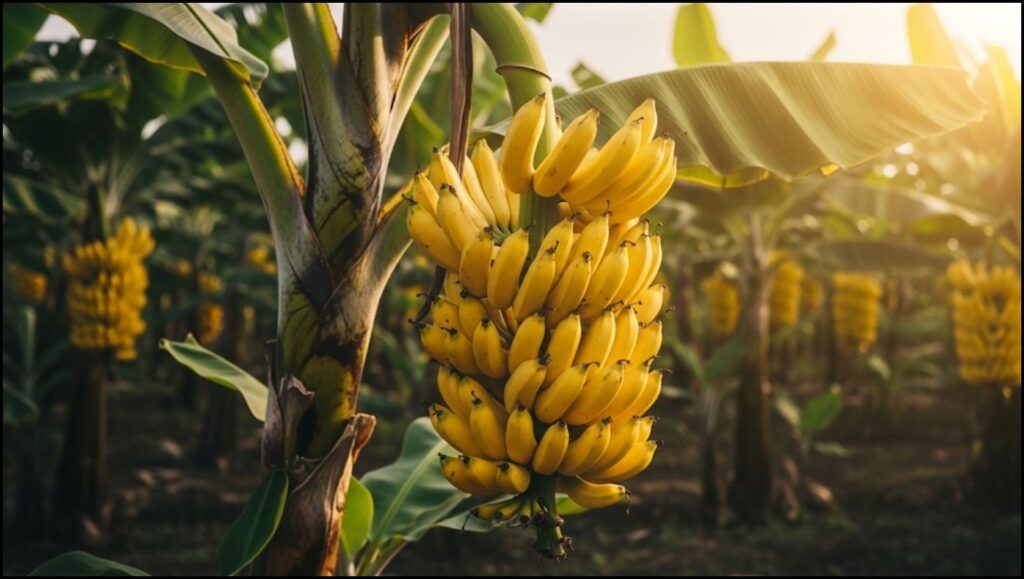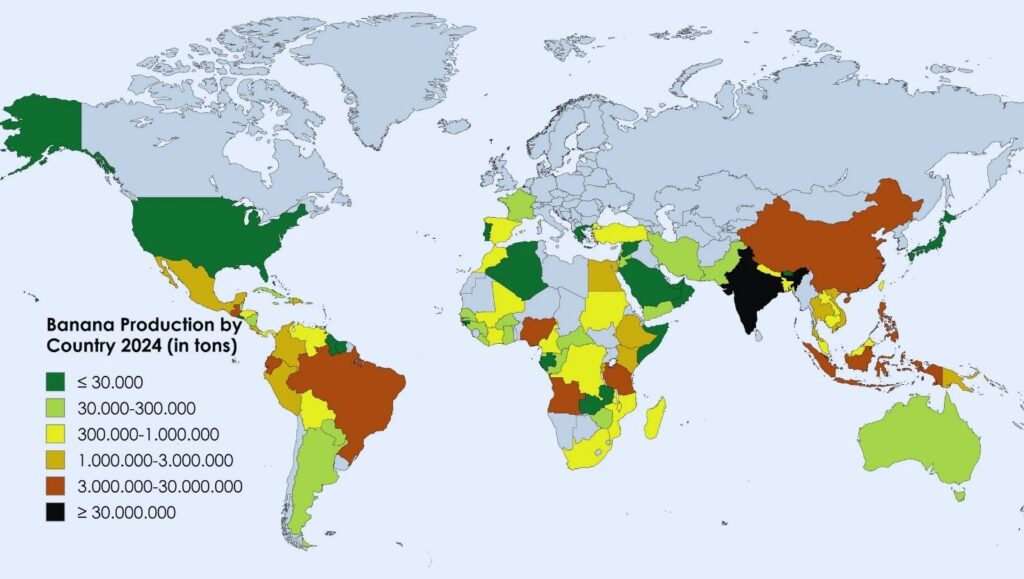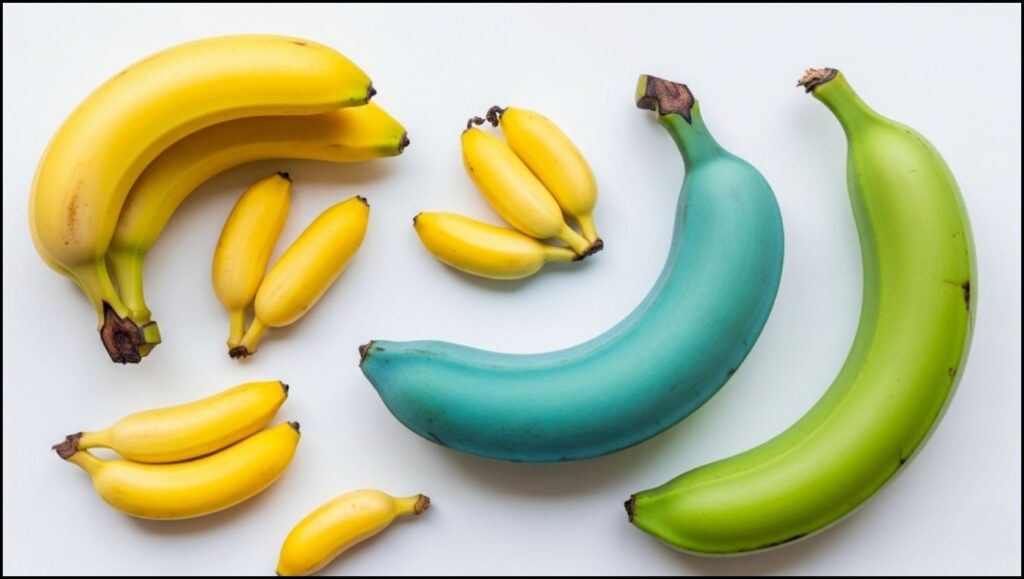It’s a staple in our fruit bowls, a key ingredient in our morning smoothies, and the perfect on-the-go snack. The humble banana is a beloved constant in kitchens worldwide, so much so that we often take its journey for granted. But have you ever paused, banana in hand, and wondered where it truly comes from? While we might picture vast plantations in Latin America, the answer to which country is famous for producing the most bananas is quite surprising and reveals a fascinating story about global agriculture and local appetites.

This article will not only reveal the world’s top banana producer but also take you on a journey through the global “banana belt.” We’ll explore the beautiful diversity in types of bananas far beyond the one you see in the supermarket and, best of all, I’ll show you how simple it can be to start growing bananas at home for a truly rewarding taste of the tropics.
Quick Tips for the Banana Enthusiast
Here’s the peel:
- Top Producer: India is the world’s largest producer of bananas, growing nearly a quarter of the global supply, primarily for its own population.
- Top Exporter: Ecuador is the world’s leading banana exporter, shipping its fruit to countries all over the globe.
- Beyond Cavendish: The common supermarket banana is the Cavendish, but hundreds of delicious varieties exist, like the creamy ‘Blue Java’ or the sweet ‘Lady Finger’.
- Home Growing is Possible: With the right care and a sunny spot, you can grow your own bananas, even in colder climates, by choosing a dwarf variety and bringing it indoors for winter.
The Surprising Champion of Banana Production
When we think of commercial bananas, our minds often drift to the large-scale plantations of Central and South America, whose brands have dominated our grocery stores for decades. So, it may come as a shock to learn that the country that produces the most bananas is not Ecuador or Costa Rica, but India.
Yes, India is the undisputed king of banana production. According to the United Nations’ Food and Agriculture Organization (FAO), India produces a staggering volume of bananas annually—often accounting for around 25% of the world’s total supply. However, you’ll rarely see an Indian-grown banana in a European or North American supermarket. Why? Because the vast majority of India’s incredible harvest is consumed domestically. The banana is a cornerstone of Indian cuisine and culture, used in everything from savory curries and chips to sweet desserts and religious offerings.
In my own horticultural studies, I’ve always been fascinated by this distinction between a top producer and a top exporter. It’s a powerful reminder that global food systems are incredibly complex and that the story of a fruit is as much about the culture that grows it as it is about the commerce that ships it.

The Global Banana Belt: Other Key Players
While India holds the crown for volume, a handful of other nations form a powerful “banana belt” that keeps the world supplied with this essential fruit.
The Production Powerhouses
Following closely behind India are China and Indonesia. Much like India, these countries have massive populations and a strong domestic demand for bananas, consuming most of what they grow. Their banana cultivation techniques are a mix of large-scale farms and smaller, local plots that have sustained communities for generations.
The Export Giants
When it comes to the bananas we buy internationally, the story shifts to Latin America. Ecuador has long been the world’s dominant banana exporter. Its climate is perfectly suited for growing the sturdy, easy-to-ship Cavendish variety that has become the global standard. The Philippines also stands out as a major exporter, particularly to markets in Asia and the Middle East. These countries have built their economies around highly efficient banana cultivation and sophisticated logistics to ensure the fruit arrives on our shelves in perfect condition.
Beyond the Cavendish: Exploring Different Types of Bananas
The standard yellow banana you find at the store is just the beginning! There is a whole world of flavor, texture, and color to explore. Venturing into different types of bananas is one of the most exciting parts of appreciating this fruit. A common mistake I see is people thinking all bananas taste the same, but that couldn’t be further from the truth.
Here are a few of my favorite varieties worth seeking out at specialty markets or even growing yourself:
- Lady Finger: These are small, slender, and incredibly sweet, with a creamy texture and a slight apple-like tang. They are a delight to eat fresh.
- Blue Java: Often called the “Ice Cream Banana,” this variety is famous for its astonishingly creamy texture and vanilla-like flavor. The fruit is a powdery blue-green before it ripens to a soft yellow.
- Manzano: A “dessert” banana with a firmer texture and a complex flavor profile that combines classic banana sweetness with a tart, apple-strawberry finish.
- Plantains (or Cooking Bananas): Higher in starch and lower in sugar, plantains are a culinary staple in tropical regions. They are rarely eaten raw and are spectacular when fried, baked, or grilled, turning sweet and caramelized as they cook.

Your Guide to Growing Bananas at Home
Bringing a touch of the tropics to your own home or garden is easier than you might think. While you may not get the towering 30-foot trees of a commercial plantation, growing bananas at home in a pot or a sheltered garden spot can be incredibly rewarding—and yes, you can get fruit!
The key is to understand that a banana plant isn’t actually a tree; it’s the world’s largest herbaceous flowering plant. What looks like a trunk is a “pseudostem” made of tightly rolled leaves. The real action happens underground in a structure called a rhizome, or corm.
Choosing the Right Banana Plant
For home growing, especially outside of tropical zones, your best bet is a dwarf variety. Look for names like Dwarf Cavendish, Super Dwarf Cavendish, or Dwarf Red. These varieties typically top out at a manageable 6-10 feet, making them perfect for large containers or small garden spaces.
Essential Care: Sun, Water, and Feeding
Banana plants are heavy feeders and drinkers, which makes sense given how quickly they grow. Here’s what they crave:
- Sunlight: Give them at least 6-8 hours of direct, bright sunlight per day. A south-facing patio or garden spot is ideal.
- Water: Keep the soil consistently moist but not waterlogged. In the heat of summer, you may need to water every day. A good rule of thumb I use is to check the top inch of soil; if it’s dry, it’s time to water.
- Soil: They need rich, well-draining soil. A quality potting mix amended with compost or well-rotted manure is perfect.
- Fertilizer: Feed your banana plant with a balanced, all-purpose fertilizer every 2-4 weeks during the growing season (spring and summer). A fertilizer rich in potassium will help encourage flowering and fruiting.
Overwintering in Colder Climates
If you live in a zone with freezing winters, you must protect your plant. You have two main options:
- Bring it Indoors: If your plant is in a container, simply bring it inside before the first frost. Place it in your sunniest window and reduce watering significantly through the winter.
- Let it Go Dormant: For plants in the ground, you can cut the pseudostem back to about 1 foot after it’s been touched by a light frost. Apply a very thick layer of mulch (at least 12-18 inches) over the corm to insulate it from the cold. It will re-sprout from the ground in the spring.
For Growing Bananas in a Pot:
- Large Container: At least 15-20 gallons with good drainage holes.
- Dwarf Banana Plant: Choose a variety suited for container life.
- Potting Mix: A high-quality, well-draining formula.
- Compost or Manure: To enrich the soil.
- Balanced Liquid Fertilizer: For regular feeding.
- Watering Can or Hose]
From a Global Staple to Your Garden
From the vast fields of India to a sunny corner of your own backyard, the journey of the banana is one of incredible scale and surprising diversity. Knowing that the world’s most popular fruit is so cherished that the top-producing country keeps most of it for itself adds a wonderful layer to its story.
Whether you’re simply peeling one for a snack or embarking on the adventure of nurturing your own plant, I hope you have a newfound appreciation for this amazing fruit. Now that you know the secrets of banana cultivation, you’re ready to bring a piece of that global magic home.
India Remains the Largest Banana Producer Globally, Dwarfing Other Nations in Output
